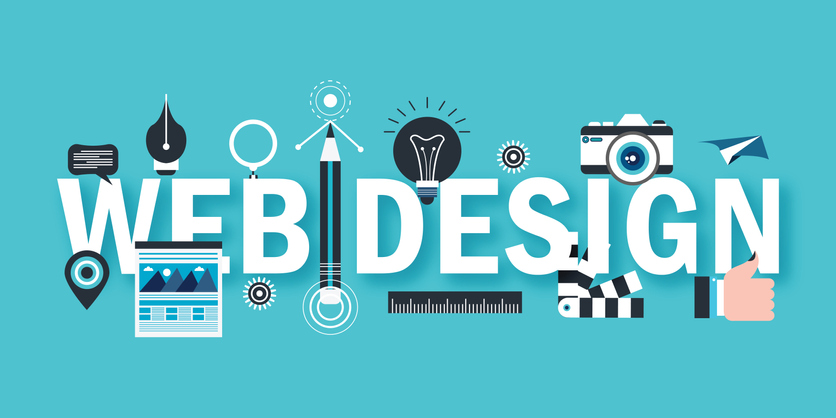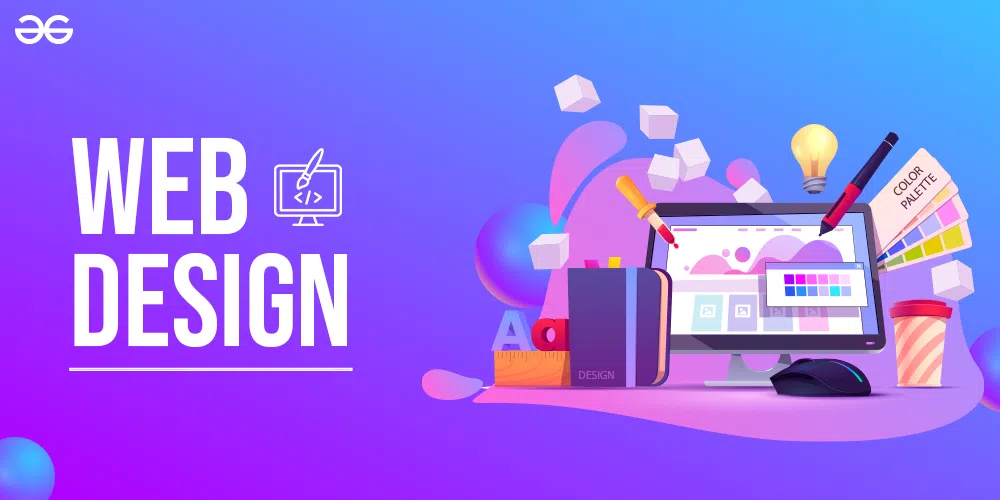Recognizing the Key Concepts and Finest Practices of Modern Website Design to Attain Online Success
In the ever-evolving landscape of digital visibility, understanding the crucial principles and finest techniques of modern-day internet layout is critical for companies aiming for on-line success. By prioritizing individual experience through aspects such as responsive design, aesthetic hierarchy, and reliable search engine optimization assimilation, organizations can produce appealing and accessible websites. However, the subtleties of these concepts frequently go past plain aesthetic appeals, affecting conversion prices and target market engagement in extensive methods. The implications of these practices are significant; discovering them even more can reveal techniques that could transform an on-line platform into a powerful device for development.

Relevance of User Experience
Although several factors add to successful website design, the significance of user experience (UX) attracts attention as an essential element that can dramatically affect individual involvement and complete satisfaction. UX incorporates all elements of an individual's communication with an internet site, from the visual style to the navigational structure and content ease of access. A well-crafted UX makes certain that customers can easily discover the information they seek, thereby decreasing irritation and increasing the chance of return gos to.
Reliable website design prioritizes use, ensuring that users can navigate easily and with ease comprehend just how to communicate with numerous aspects. This includes including clear calls to action, rationally organized material, and responsive feedback systems that lead customers via their journey on the site (web design Johannesburg). In addition, the psychological aspect of UX plays a vital function; a cohesive and visually attractive design promotes a feeling of count on and dependability, urging individuals to involve even more deeply with the material
Inevitably, purchasing customer experience not only enhances complete satisfaction but likewise enhances conversion rates, as individuals are extra likely to finish preferred activities when their experience is smooth and satisfying. Consequently, focusing on UX is necessary for achieving on the internet success in today's affordable landscape.
Responsive Layout Basics
The significance of responsive layout exists in its ability to create versatile internet experiences that satisfy a diverse variety of devices and screen dimensions. This concept guarantees that websites are visually appealing and functionally effective, despite whether they are accessed on a desktop, tablet, or smartphone computer system.
To accomplish this adaptability, developers use versatile grids, liquid photos, and media queries, which change the layout based on the customer's tool qualities - web design Johannesburg. This technique not just boosts use yet likewise improves availability, guaranteeing that all customers can browse and interact with the content flawlessly

Including receptive layout is critical for modern internet advancement, as it lines up with customer expectations and boosts engagement. Eventually, a well-executed receptive style approach causes enhanced traffic, reduced bounce rates, and higher conversion prices, strengthening its role as a browse this site foundation of reliable web layout.
Search Engine Optimization and Website Design Integration
Integrating search engine optimization with web layout is important for developing an effective on-line existence, as it ensures that websites not just attract site visitors however also supply a seamless customer experience. Efficient SEO strategies start at the style stage, where elements such as site architecture, URL framework, and mobile responsiveness play essential roles in boosting presence on internet search engine.
A well-structured website is important for both individual navigating and search engine crawling. Utilizing semantic HTML tags helps internet search engine comprehend the web content hierarchy, while descriptive Links improve click-through prices. Furthermore, enhancing web page load rate through style choices can dramatically impact individual retention and search positions.
Web content must be tactically placed within the design to focus on vital information, making sure that both individuals and search engines can conveniently access appropriate content. Incorporating search phrases normally right into headings, picture alt texts, and meta descriptions additionally straightens the design with Search engine optimization goals.
Visual Power Structure and Aesthetics
Developing a clear visual hierarchy is essential for effective website design, as it guides users' attention and improves their total experience. A well-structured aesthetic power structure allows customers to effortlessly browse via web content, emphasizing critical details while preserving a cosmetically pleasing format. This entails purposefully making use of dimension, comparison, spacing, and shade to produce a clear difference in between numerous elements on the web page.
Larger typefaces usually show headings or essential info, while smaller sized message can signify additional web content. Color can be employed not just to stand out however additionally to establish a cohesive brand identity. High comparison between message and background further aids readability, guaranteeing that customers can quickly discern the info provided.
Eventually, incorporating these principles of aesthetic power structure and aesthetic appeals not only boosts usability yet additionally enhances the overall brand message, cultivating a positive connection between the internet site and the user. In this means, clear visual pecking order ends up being a cornerstone of modern web design.
Ease Of Access in Modern Layout

Secret principles consist of giving alternative text for images, making sure enough shade contrast, and enabling key-board navigating. These methods enable customers with visual problems to gain access to content meaningfully and help with interaction for those with movement challenges. Furthermore, employing semantic HTML helps screen readers analyze internet frameworks precisely.
Additionally, access advertises much better usability for all individuals, improving total individual experience and interaction. It can likewise improve seo (SEARCH ENGINE Website OPTIMIZATION), as available internet sites often rate greater because of clearer content structures.
Inevitably, focusing on availability in internet style not only fulfills ethical and lawful obligations but likewise expands the target market reach, fostering inclusivity and boosting brand name track record. By incorporating accessibility right into the style process from the start, internet developers can develop much more equitable electronic environments that encourage everybody to participate totally.
Verdict
In final thought, the concepts and finest techniques of modern-day web style are important for accomplishing on the internet success. Prioritizing individual experience with responsive layout, reliable Search engine optimization integration, and a distinct visual pecking order improves engagement and accessibility.
By prioritizing individual experience through components such as responsive style, visual hierarchy, and efficient Search engine optimization combination, companies can develop available and interesting websites.Although lots of factors contribute to effective internet design, the value of customer experience (UX) stands out as a vital component that can considerably affect customer engagement and contentment.Efficient internet design focuses on usability, making sure that users can navigate with convenience and with ease understand just how to communicate with numerous elements.Establishing a clear visual pecking order is important for reliable internet style, as it overviews users' interest and improves their total experience. Prioritizing user experience through responsive design, effective SEO combination, and a well-defined visual pecking order boosts involvement and access.